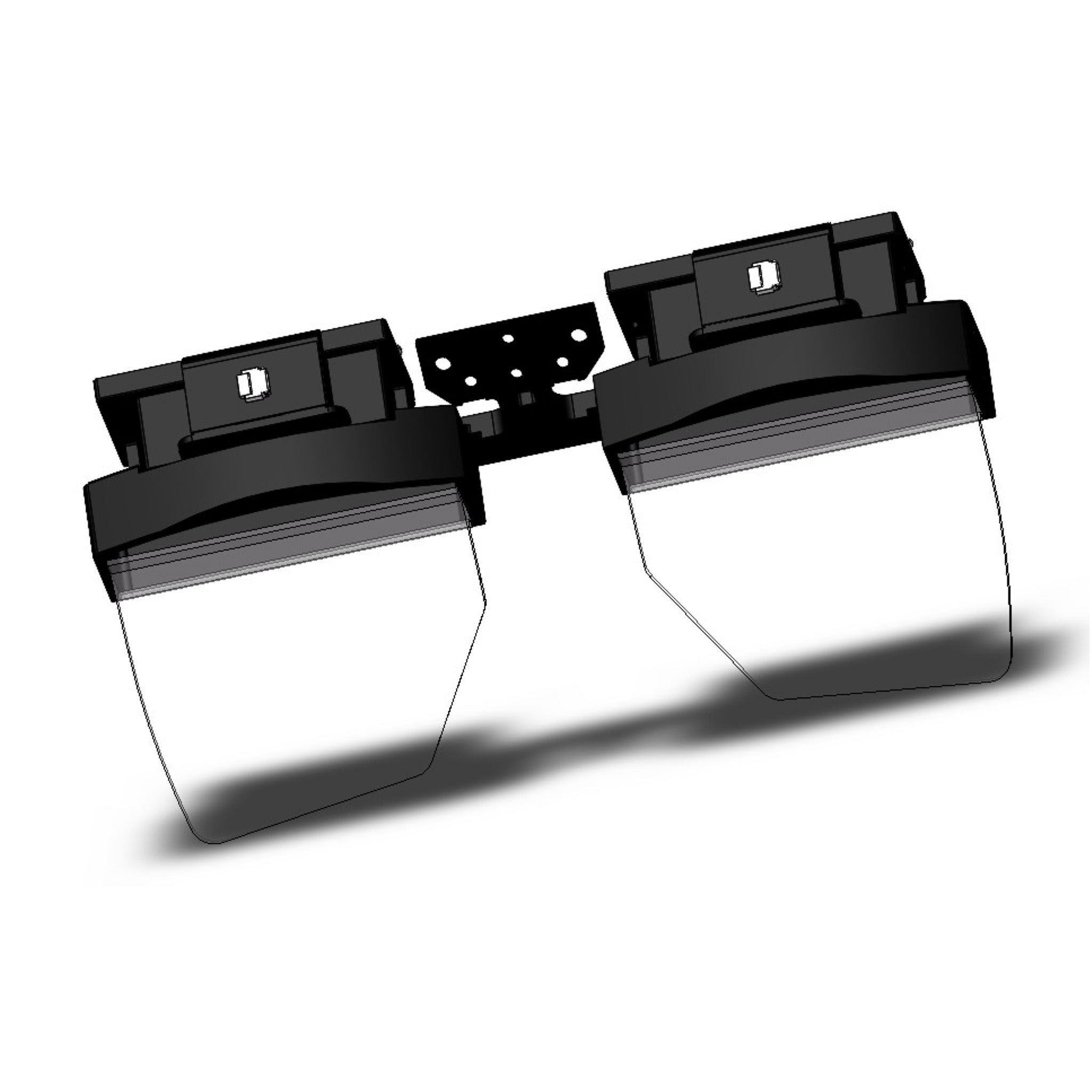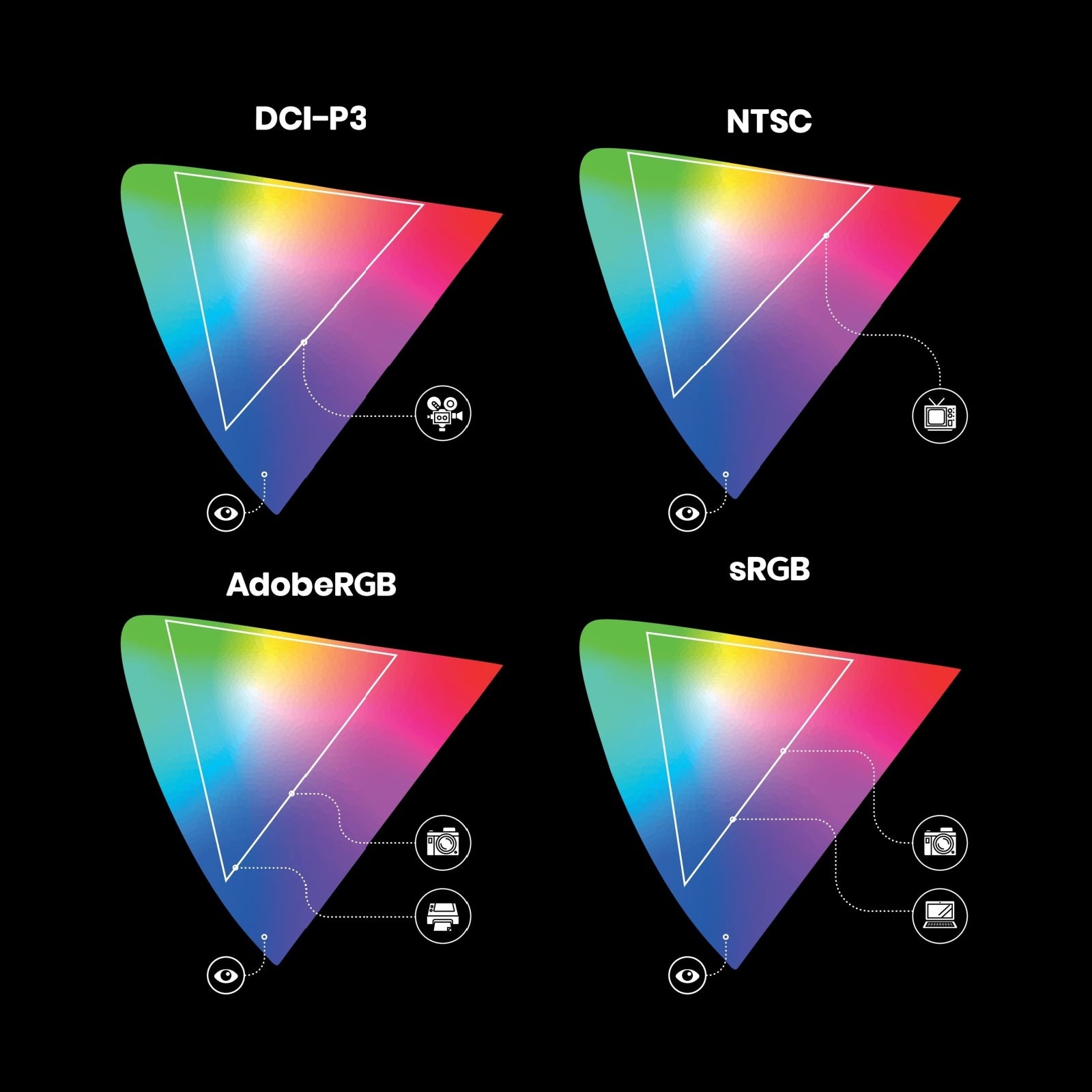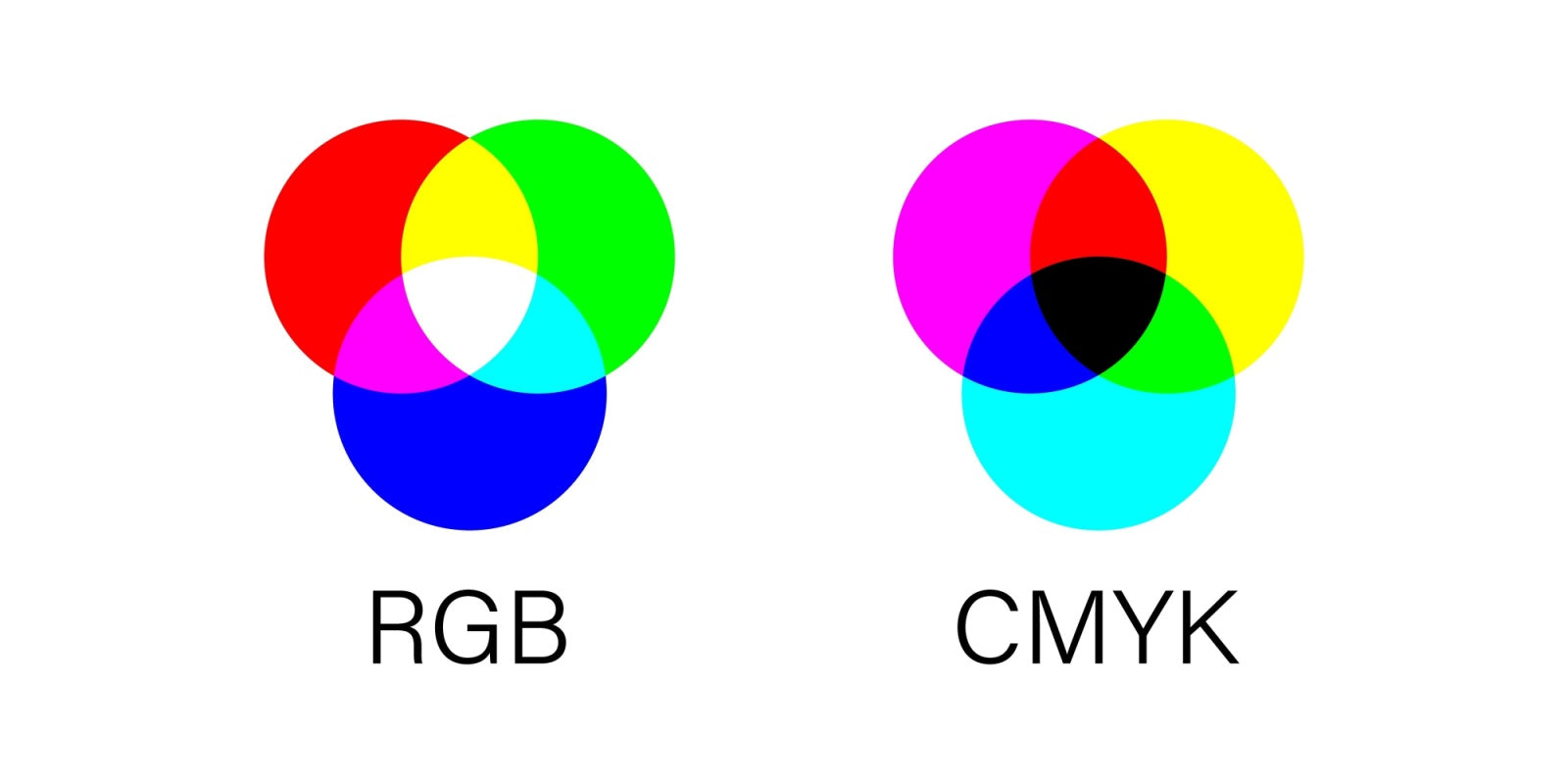
As augmented reality (AR) technology rapidly advances, optical modules are evolving to deliver increasingly immersive and seamless experiences. A new standard in this field is the binocular wavegu...

As augmented reality (AR) continues to revolutionize digital interactions, advancements in optical modules are driving the development of more compact, lightweight, and immersive AR experiences. To...

In today’s digital age, we spend countless hours in front of screens, often unaware of the harmful effects of prolonged blue light exposure. Blue light, emitted by most LCD displays, has been linke...

Capacitive touch technology is one of the most popular touch technologies used today, powering a wide range of devices from smartphones to large interactive displays. In this article, we’ll dive in...
Resistive touch technology has been around for decades and remains a popular choice in various industries due to its simplicity and cost-effectiveness. In this article, we’ll explore the fundamenta...

Touchscreen technology has revolutionized the way we interact with devices, offering a seamless user experience across various sectors, from smartphones and tablets to interactive kiosks and smart ...
The liquid crystal box is the core component of a liquid crystal display (LCD), and the display effect is mainly influenced by the liquid crystal box. The main parameters of the liquid crystal box...

Color gamut refers to the range of colors that a display can reproduce. It is typically represented by the area of a triangle formed by the coordinates of the three primary colors (Red, Green, and...

A TFT (Thin-Film Transistor) LCD screen is composed of numerous pixels, each of which consists of three sub-pixels: red (R), green (G), and blue (B). The color of each pixel is determined by contr...


